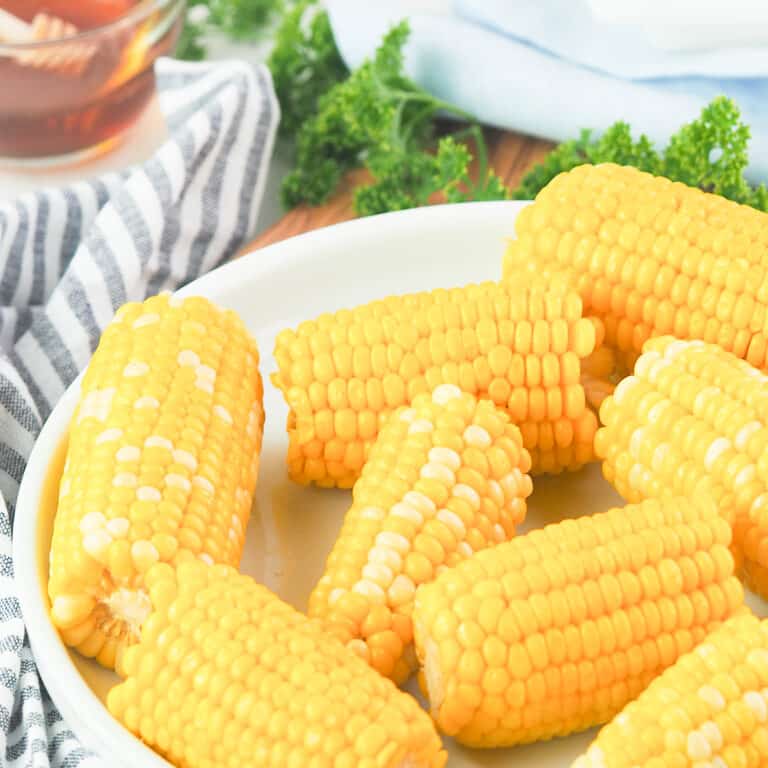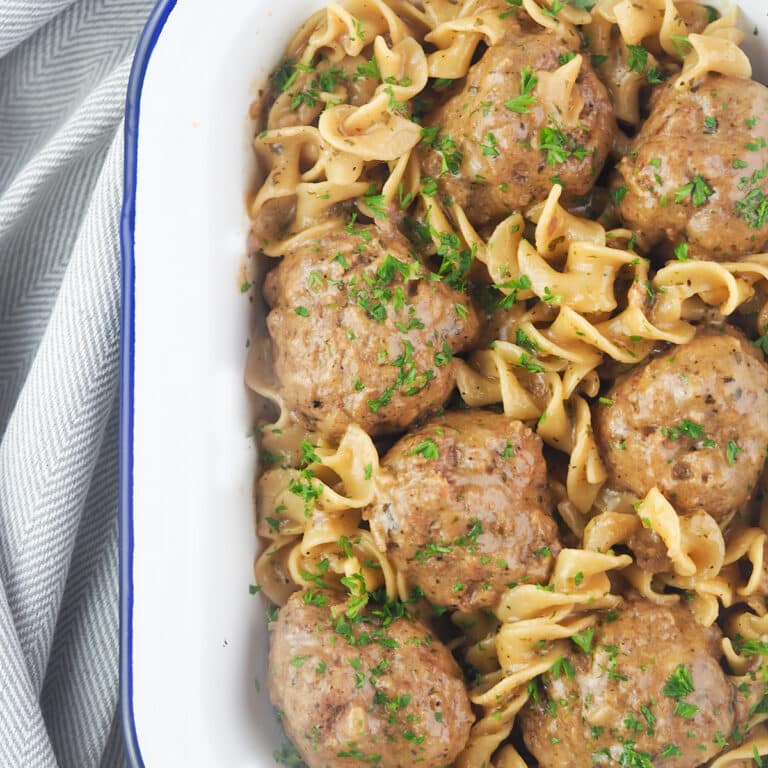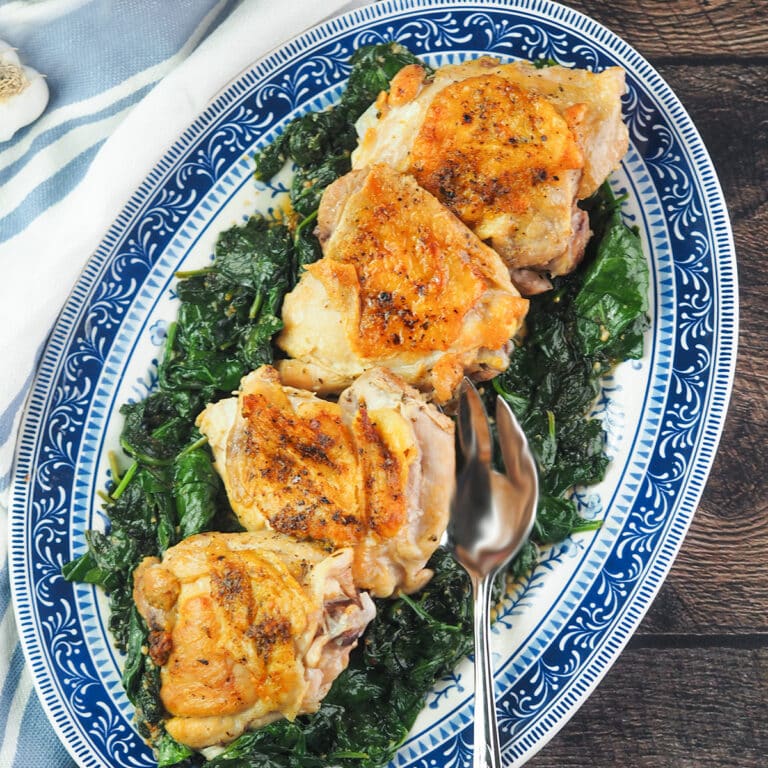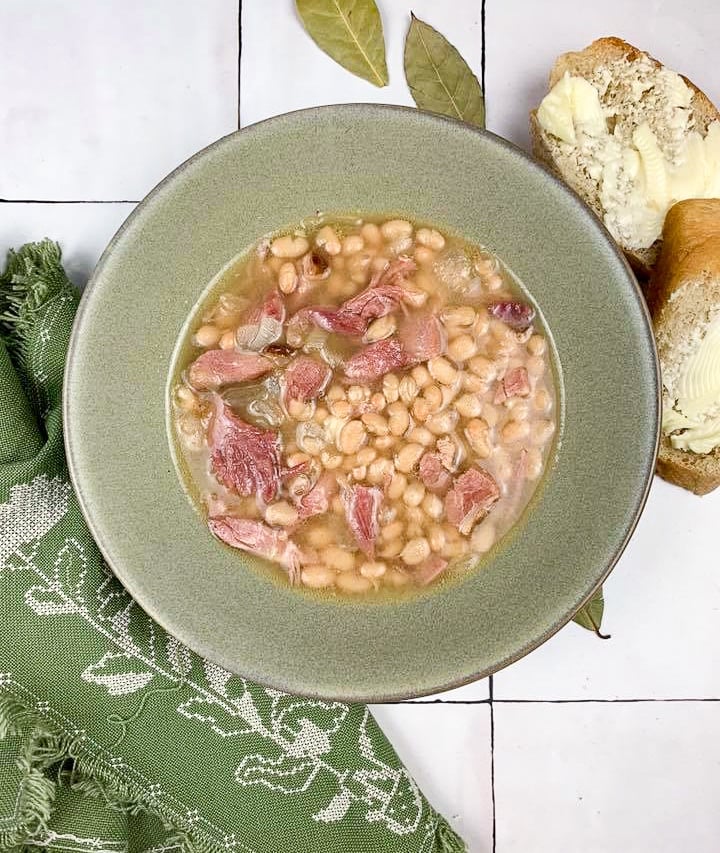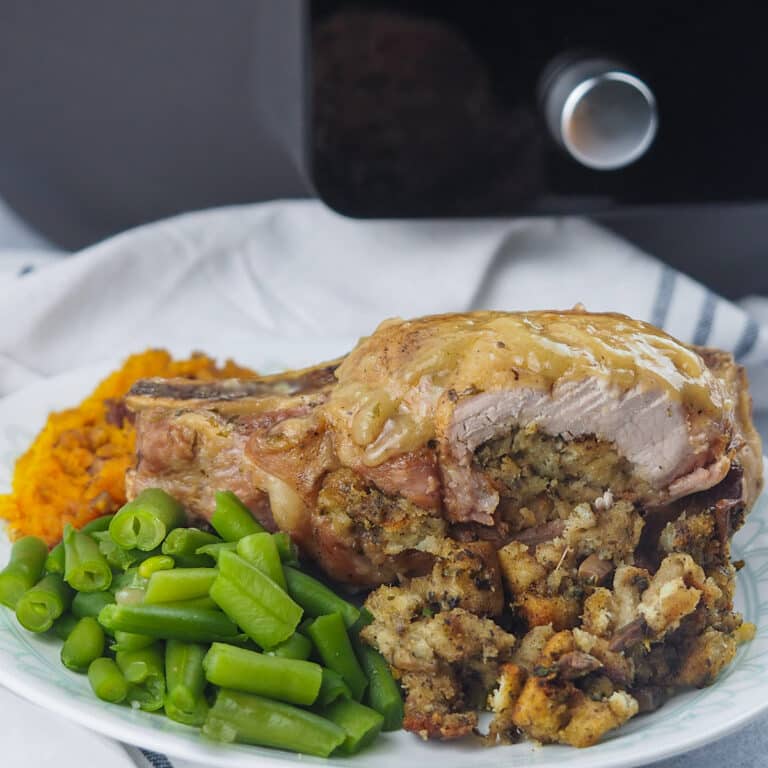Instant Dutch Oven Conversion Guide
You've got your new Instant Precision Dutch Oven and made a few starter recipes. You're in love, but you're probably wondering how to make your favorite recipes or new recipes in the Instant Dutch Oven.
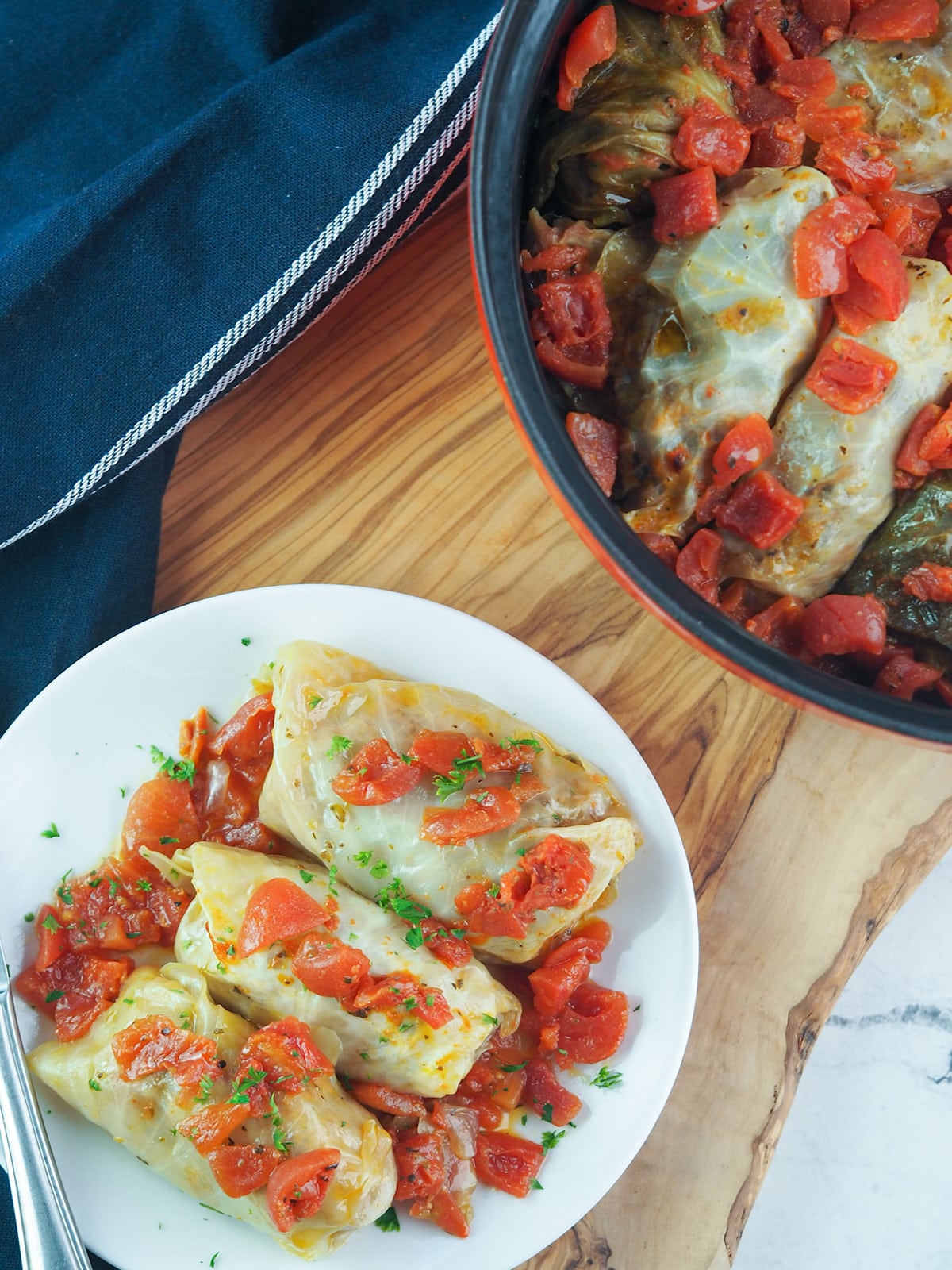
Jump to:
Why you would want an Instant Dutch Oven
Even if you have conventional cast iron Dutch ovens, you will love the Instant Precision Dutch Oven and find it very useful. The Instant Dutch Oven makes cooking your favorite meals quick and easy. Be sure to check out my Instant Dutch Oven Accessories Guide!
Because of the many functions, it can also take the place of your slow cooker or even your traditional Dutch ovens, making it a space saver. It also can save on the number of dishes you use since you can do many steps for a recipe with just one pot.
The sear/saute mode is phenomenal, and having the Dutch oven in the cooking base reduces cooking time overall. Plus, cooking in it will help keep the kitchen cooler during summer.
You can monitor your food while it cooks to get the exact cook you want. Food has more depth of flavor, and large cheap cuts of meat are fall apart tender when done.
Slow Cooker to Instant Precision Dutch Oven
One of the big advantages of the Instant Dutch Oven is that you can sear and prep your meal with the sear/saute function before switching to slow cook mode. You can also use the manual mode after cooking to reduce your sauce or thicken the liquids for gravy.
The slow cook function works with a preset temperature of 203 degrees, the same as the high mode on a traditional slow cooker.
The slow cook function heats only from the bottom, which makes it different from a slow cooker which also heats the sides. Since the heat comes from the base, it will work a little differently than what you are used to from a traditional slow cooker.
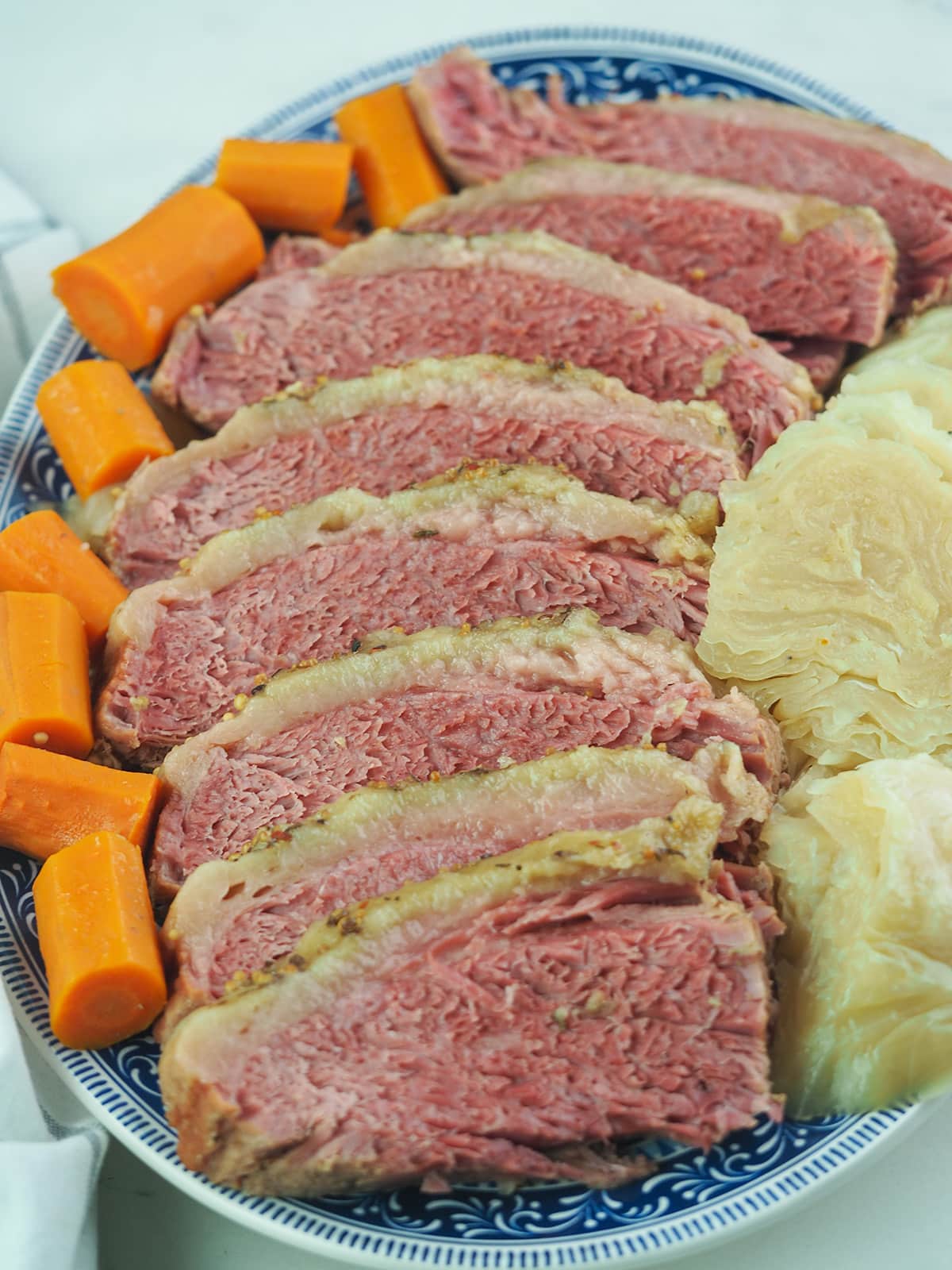
Estimated Cooking Times for Slow Cooker Recipes
If you want to convert recipes that you use in your traditional slow cooker to the slow cook function on the Instant Dutch Oven, try these recommended conversion times.
Large cuts of meat include chuck roast, corned beef, and pork butts. It is best to plan on 6-8 hours for cooking.
For recipes where a traditional slow cooker says to cook on high for 3-4 hours, you would use the same time for slow cook mode with the Instant Dutch Oven unless the pot is full. If the pot is full of soup, it may take longer and seem like the low mode on a slow cooker.
For recipes where a traditional slow cooker recipe says to cook on low for 8-10 hours, then if the pot is full or is a large cut of meat, plan for 6-8 hours of cook time on the slow cook function in the Instant Dutch Oven. If the pot is half full, plan for less than 6 hours.
Estimated Conversion Times for Slow Cooker Recipes to Manual Mode
You might want to convert your recipe from the slow cook method to the manual mode, allowing you to make it quicker.
- Chicken - as a general rule of thumb, any chicken pieces bone-in or boneless can be cooked on manual mode 2 at 250 degrees for 45 minutes to 1 hour.
- Soups - when the Dutch oven is full, manual mode 2 at 250 degrees for up to 1 ½ hours should be good for most soups. If the pot is only half full, then manual mode 2 at 235 degrees for the same time works well.
- Beans - for beans that have soaked overnight manual mode 2 at 300 degrees for 1 to 2 hours. If your beans are old, then it may take longer.
- Large cuts - for whole chuck roasts or pork butt roasts, manual mode 2 at 275 degrees for three hours for a 4-pound cut.
- Cubed meat - for recipes with cubed meat like stroganoff manual mode 2 at 235- or 250- degrees for 1 to ½ hours for cooking tender chunks of meat.
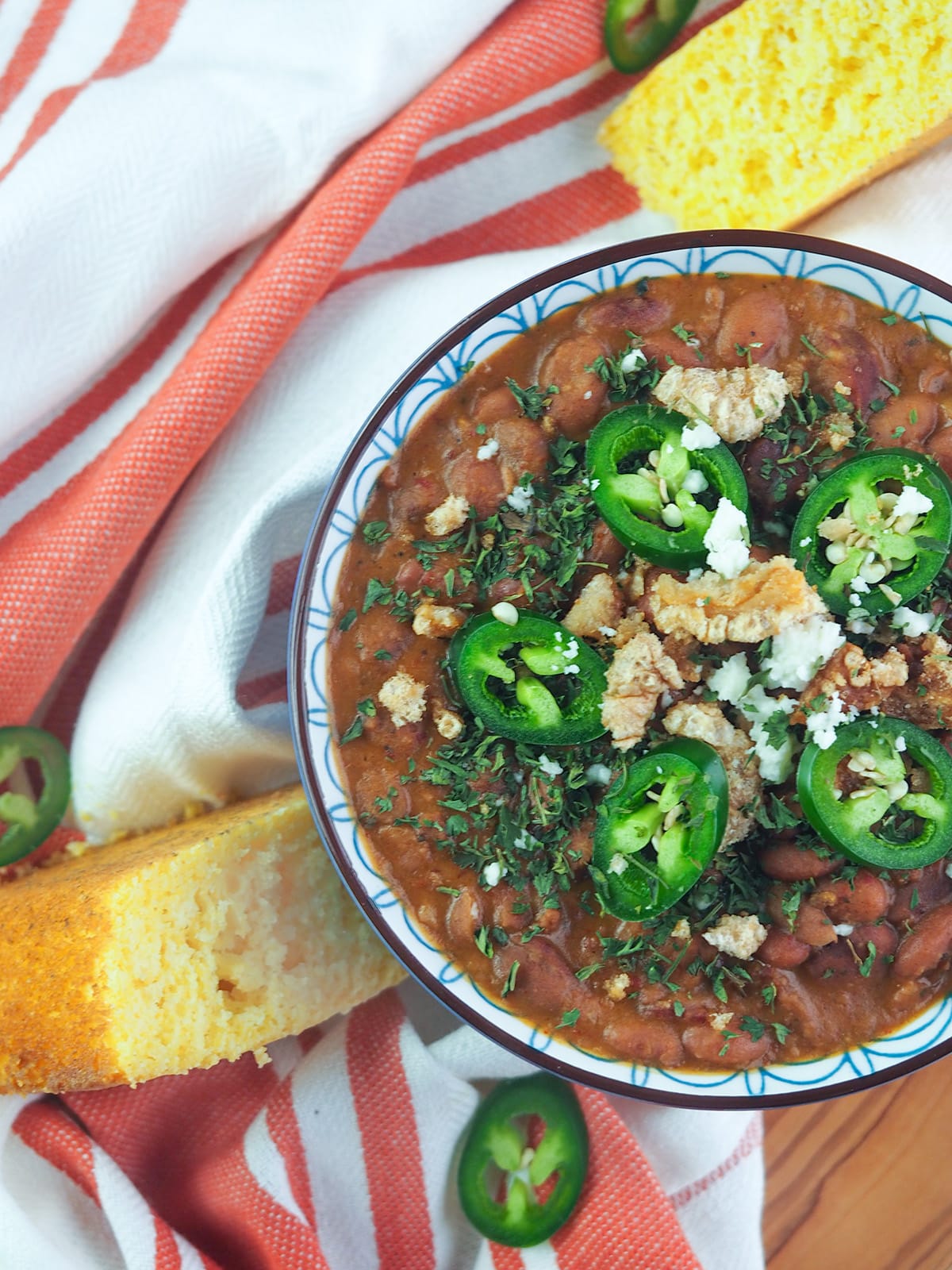
Traditional Dutch Oven to Instant Dutch Oven
One of the other great things about the Instant Dutch Oven is that you can use the cooking base, your stove, and the oven to make amazing and delicious food.
If you are not using the cooking base and are using the Dutch oven on the stove or in the oven, follow the original directions for your chosen recipe.
However, if you are using your cooking base, you will need to convert the times and temperature to suit the Instant Precision Dutch Oven.
Guidelines for temperature and time
Much like Instant Pot cooking bases can act a little differently from cooking base to cooking base. Getting to know your Instant Dutch Oven is a good idea to get a good feel for what temperatures you may want.
Since you can monitor your cooking food, you can adjust time and temperature if needed mid-cook if it's too hot or if it isn't hot enough.
Since the cooking base provides a very concentrated heat, and cast iron naturally retains heat so well, I find most of my recipes are done in an average of 25% less time most of the time. So you can usually plan on less time with most recipes.
- Low simmer - for recipes that call for a slow or gentle simmer, manual mode 2 at 225- to 235 degrees works very well.
- Oven temperature up to 400 degrees - when using traditional Dutch oven recipes calling for an oven temperature of 300 to 400 degrees, manual mode 2 at 250 degrees seems to be a great temperature for these dishes.
- Boiling - if you are looking for a rolling boil or boiling water, then use manual mode 2 at 275 to 300 degrees.
- Braising - use the braise function with some liquid. This mode is very hot and can only be used for up to three hours.
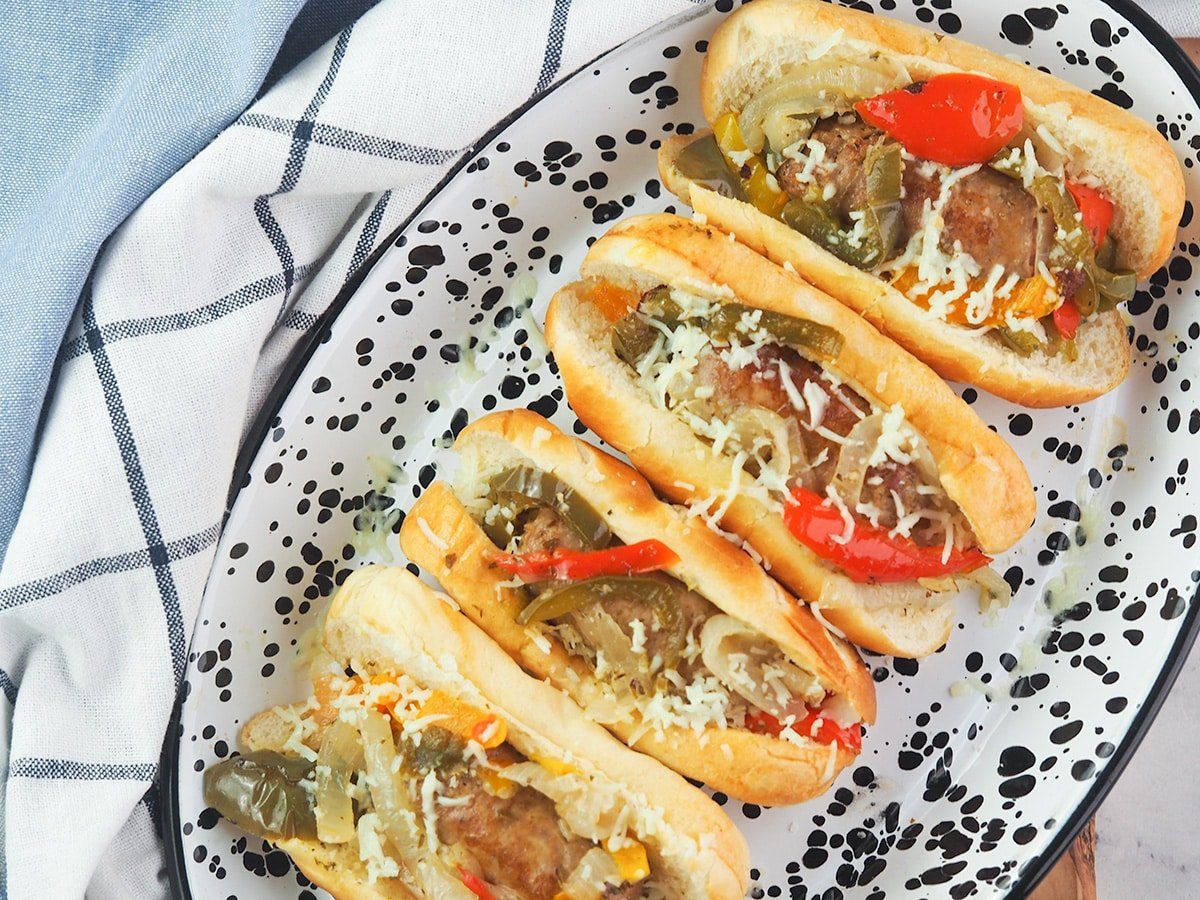
Stovetop to Instant Dutch Oven
If you choose to use your Instant Precision Dutch Oven instead of your stove, there are a few guidelines to keep in mind. It is easy to convert your favorite dishes or one-pot meals in the Instant Dutch Oven.
- Saute - the saute/sear function heats up to 400 degrees. It will typically cook much quicker when pan-frying or sauteing, so you will want to keep an eye on it. You can toggle the function off and on if it gets too hot. Since cast iron retains heat, it will continue to cook your food even if it is off briefly because it's still hot.
- One-pot meals - you can make most, if not all, your meal in the Dutch oven. If adding rice or pasta to your meal, remember that you will likely have to add additional water to your recipe.
- Boiling - use manual mode 2 at 275 to 300 degrees for boiling water or other liquids.
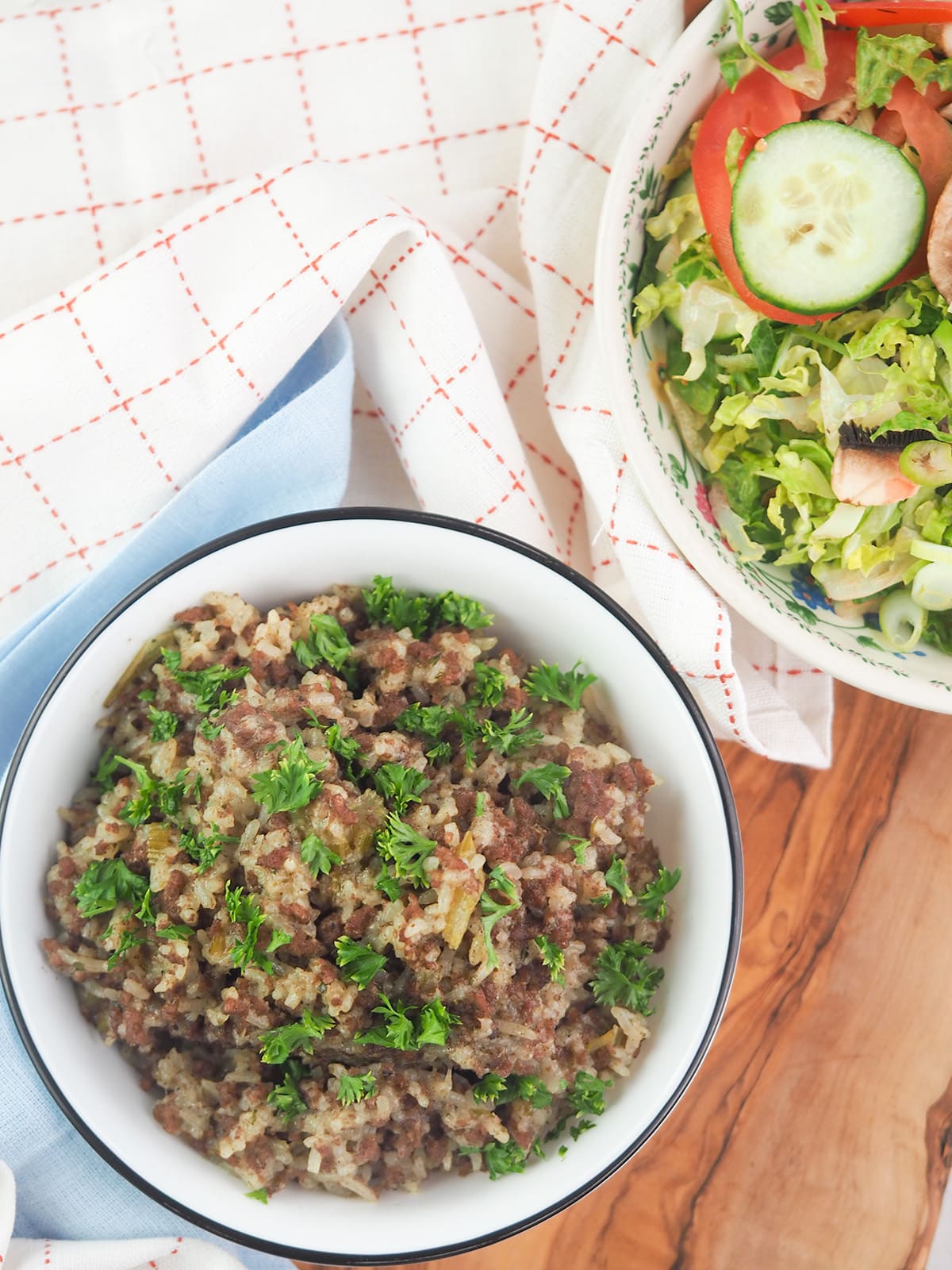
Instant Pot to Instant Dutch Oven
You might have some favorite Instant Pot recipes that you might want to cook from time to time in your Instant Dutch Oven. Your pots may all be tied up, and you need to finish your meal prep for the week, or you need another pot to cook your dish in for a holiday meal or party.
Of course, it will take more time to cook in the Instant Dutch Oven versus the Instant Pot, but you can be sure it will be just as delicious. I am also converting some of my Instant Pot recipes to the Instant Dutch Oven. These posts will be added to the Instant Dutch Oven recipe index when those directions get added to a post.
Remember that you may not need as much seasoning for your dishes for each recipe in the Instant Dutch Oven. Typically dishes are made with more seasoning in the Instant Pot when compared to other recipes using other methods of cooking.
- Chicken breasts or thighs that are left whole with a typical cook time of 15 minutes of high pressure can be cooked on manual mode 2 at 250 degrees for 45 to one hour. Diced chicken, generally cooked on high pressure for 4 minutes, can be cooked at manual mode 2 at 250 degrees for 30 minutes.
- Proofing bread dough - you can proof bread dough as well on manual mode 1 at 85 degrees for one hour for each rising of the dough. You can also remove the pot from the Instant Dutch Oven to bake your bread in the oven if desired.
- Saute - the saute function works the same as the Instant Pot although it does appear to run slightly hotter.
- Large cuts - large pot roasts that are usually cut into pieces or left whole that cook in 90 minutes with a 20-minute natural pressure release will cook on manual mode 2 at 275 degrees for 3 hours. One advantage is that you can add in your vegetables towards the end of the cooking time without the need to release the pressure and then wait as the Instant Pot comes back to pressure to cook them.
- Chunked meat - for dishes with beef tips or other chunks of meat these can be cooked on manual mode 2 at 250 degrees for up to 1 ½ hours or until done. Pasta or rice can be added at the end of cooking.
That's a wrap! Check back for updates!
This will be updated frequently with tips and tricks, so check back for updates. In the meantime, be sure to join our Facebook group for the Instant Dutch Oven where you can submit pictures of you cooks and ask for advice!

